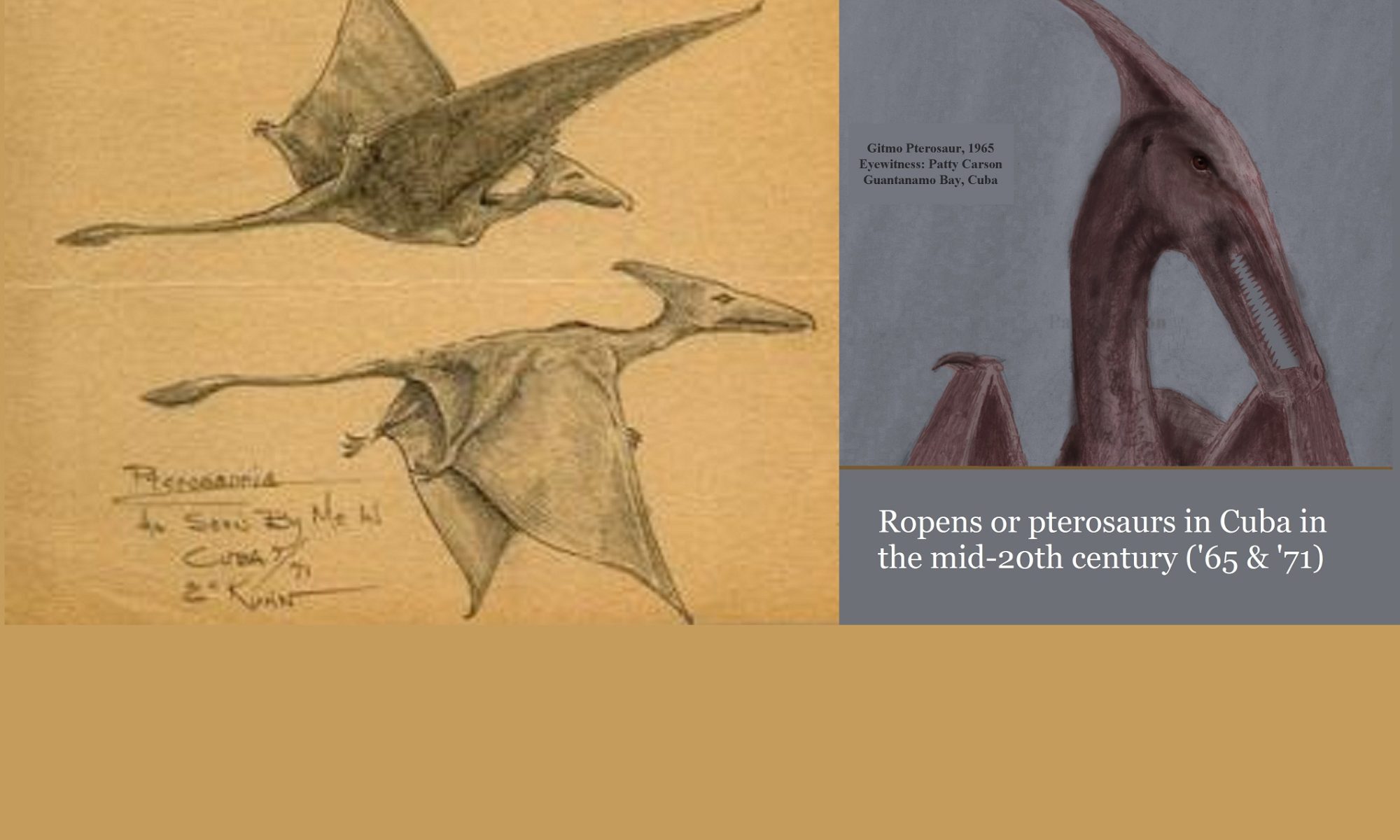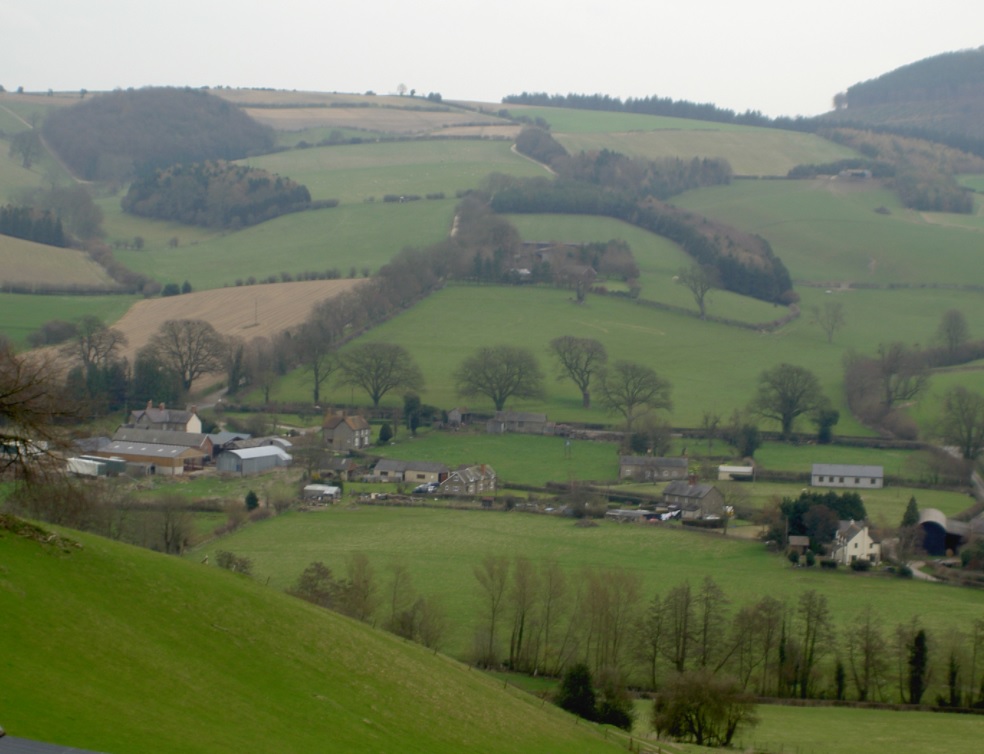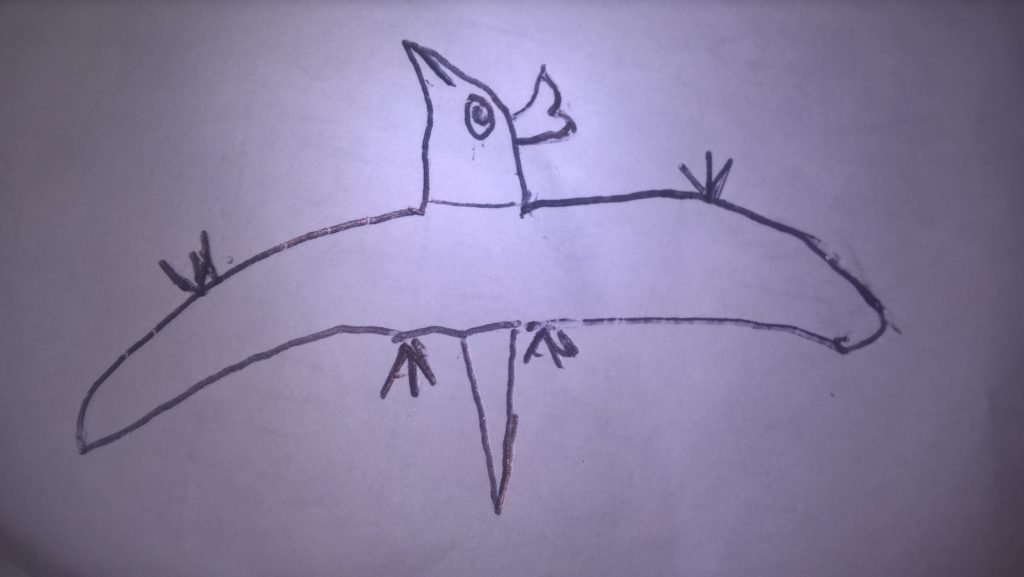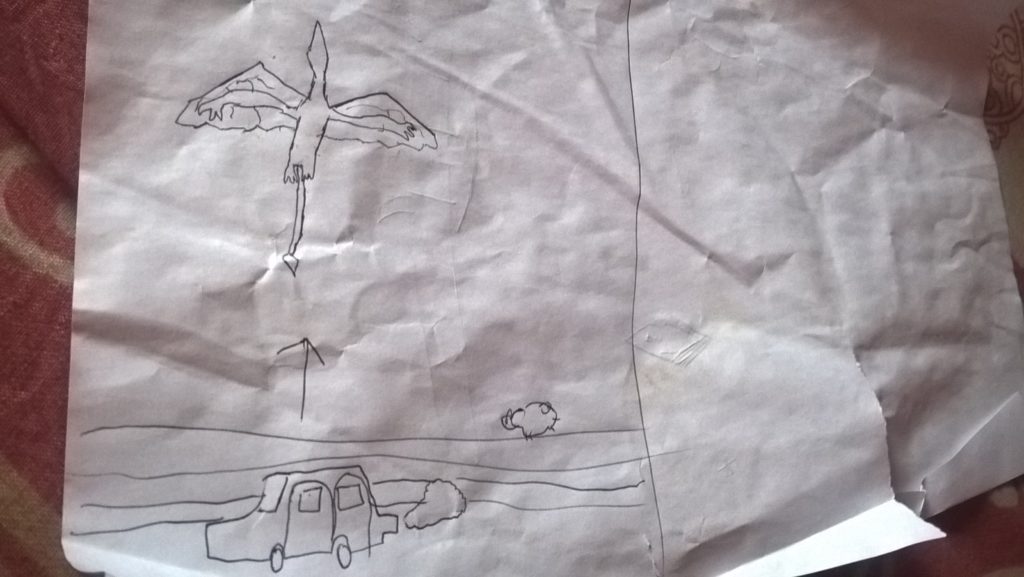By investigative journalist Jonathan D. Whitcomb
Let’s begin with areas outside the United States, then we’ll get into the major hot spots in the USA, for sighting reports of these featherless flying creatures.
Shropshire, England
In September of 2017, I received an email from a lady living in England, near the border of Wales. She is the mother of four children, and some members of the family, including the mother, have seen an apparent pterosaur, very much non-extinct. This family had two sightings in September of 2017.
In August of 2018, I received an email from a man living in that same general area of Shropshire, but this sighting was in February of 2017. Here’s a bit of what he reported to me:
A creature with a wingspan of about 4-6 feet and a mottled greyish brown colouration flew directly overhead and onwards towards a field . . . this was way too big to have been a native bat species. . . . I recall a short tail, but it became thinner and more tapered out towards the end of it.
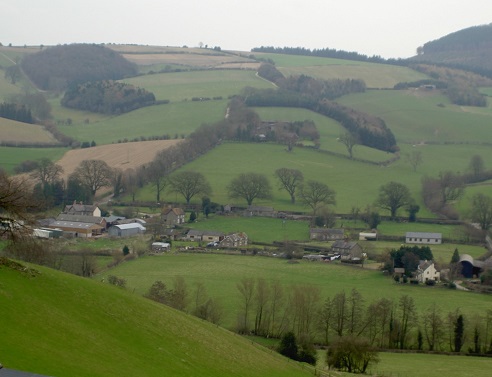
Shropshire, England (West Midlands), east of Wales
.
Guantanamo Bay, Cuba (mid-20th century)
I’ve written a great deal about two sightings in eastern Cuba, about the flying creatures witnessed by Patty Carson (1965) and Eskin Kuhn (1971). An important point is that their sketches reveal similarities with many other apparent pterosaurs seen in other areas of North America.
These sightings, and others, are covered in my new nonfiction book for children and teenagers: The Girl who saw a Flying Dinosaur.
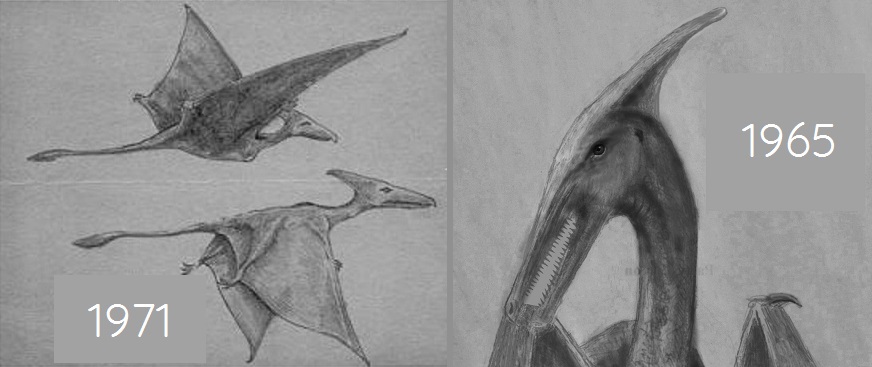
Ropens seen by Eskin Kuhn (left) and Patty Carson (right)
.
Umboi Island, Papua New Guinea
So much has been written about ropen sightings on this remote tropical island that we’ll only consider a brief summary of some sightings here:
- Seen by seven boys/teenagers around late 1993 (Lake Pung)
- Jonathan Ragu and his daughter saw one in 2004
- Jonah Jim saw one flying towards Lake Pung in 2001
- Rex Yapi Epa saw a huge ropen. It was mostly under water.
The crater lake Pung, Umboi Island (photo by G. Guessman)
.
We now turn to pterosaur sightings in the United States
Raleigh area of North Carolina
Some of these sighting reports have received negative reactions from popular press in North Carolina, but the news professionals, apparently, had only a limited number of sighting reports to go by. I’ve written much about these sightings elsewhere, so let’s move on.
Mansfield, Ohio, area
We don’t have many sighting reports to examine from here, but the city of Mansfield has a human population of less then 50,000. In that context, the two sighting reports that I have received are significant, for only a tiny fraction of the eyewitnesses ever contact me, wherever the sightings take place.
A man saw an apparent pterosaur on June 30, 2016, at about 4:00 a.m., and the report did not appear noteworthy to me when I got it; when I got another report from another eyewitness from Mansfield, Ohio, however, I saw it as more significant.
Ten days ago (Nov 4, 2018), I got an email from another eyewitness in that little city. Here’s a portion of what he told me:
I was taking my brother to work at 6 am. We live in a heavy wooded area where a creek runs through and when we made a left turn and my dad hollered deer. It flew in front of the truck about street light level and I said that’s not a deer that’s a bird. It was huge. My dad said that’s a pterodactyl. . . . It’s neck was long, it’s skin was like leather . . .
That would seem to make two sightings by three eyewitnesses in Mansfield, but there’s more. A few decades before, the mother of that eyewitness (the man who was taking his brother to work at 6 a.m.) also saw a “pterodactyl.” To bad for her but her parents did not believe her. That was also in Mansfield.
Los Angeles County
These sightings in this area of Southern California have been so numerous that one blog post alone will not properly hold all the details in many of them. Since I have written about those encounters in many other publications, we’ll let them suffice for now. (See the link below: . . . Los Angeles County.)
Draper, Utah
Just a few days ago, I interviewed an eyewitness face-to-face, in this community in the Salt Lake Valley. Last year, my wife and I interviewed another family in that same general area of Draper, also a face-to-face interview. Those two locations are only about two miles apart.
I’ve written elsewhere about those encounters. To summarize, three sightings involved four eyewitnesses, within a period of about eighteen months. I have no major doubt: They encountered a large ropen. I am not speculating about whether or not it was the same exact animal; I believe it was the same species.
How to Support this Investigation
Please support this work by purchasing your own copy of the new nonfiction book The Girl who saw a Flying Dinosaur (or buy one or more copies to give as gifts to children or teens).
I’ve been told that the title should have the word ‘pterosaur’ and not ‘dinosaur,’ but the girl referred to in the title seems to have used the d-word when she reported her sighting to her family (Patty Carson in Cuba in 1965). I also came to see that people would remember the title better (and find it easier) by using the word that is technically incorrect.
###
.
These extraordinary flying creatures are nocturnal, at least most of them and for most of the time.
.
“Flying Dinosaur” Book for Ten-Year-Old Girls and Boys
To the best of my knowledge, no other nonfiction cryptozoology book about living pterosaurs has ever been written specifically for English readers between the ages of about eight and fourteen years old. The Girl who saw a Flying Dinosaur . . .
.
“I communicated with another eyewitness, in 2011, by emails and phone, about what I’d eventually call the “Gitmo Pterosaur.” Here is some of what I received from Patty Carson, whose father worked at Guantanamo Bay in the mid-1960’s . . .”
.
The Girl who saw a Flying Dinosaur
One new nonfiction . . . takes the reader into a little explored jungle, figuratively and literally: human encounters with living pterosaurs, what some persons call “dinosaur birds” or “pterodactyls” or “flying dinosaurs.” One eyewitness was a little girl in Cuba in 1965: Patty Carson. [about the non-fiction book for kids and teens]
.
Living pterosaur in Los Angeles County
“Dragon Pterosaurs in Southern California”
.
Flying Dinosaur book for ten-year-old
About a new nonfiction book for children and teens



